

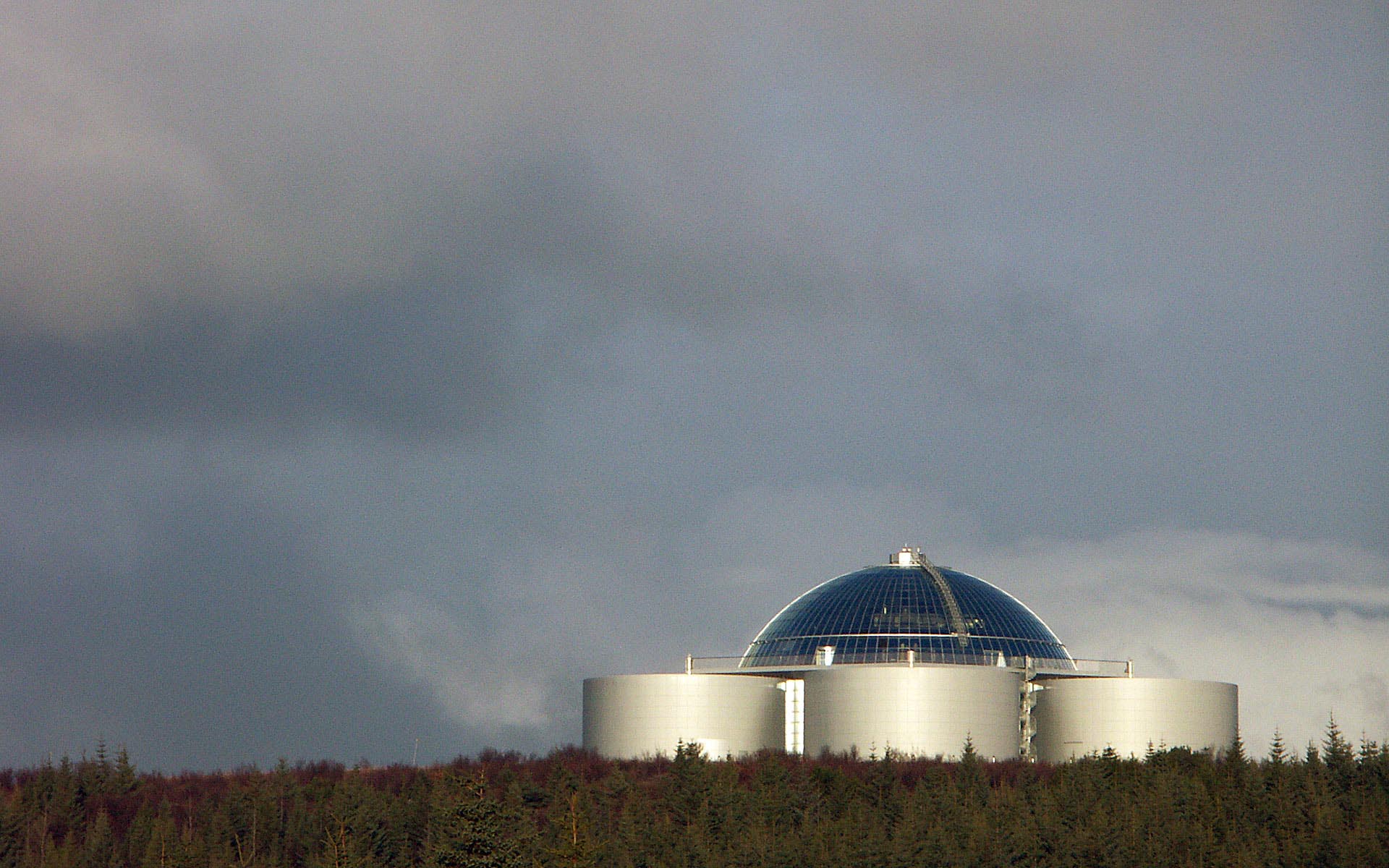
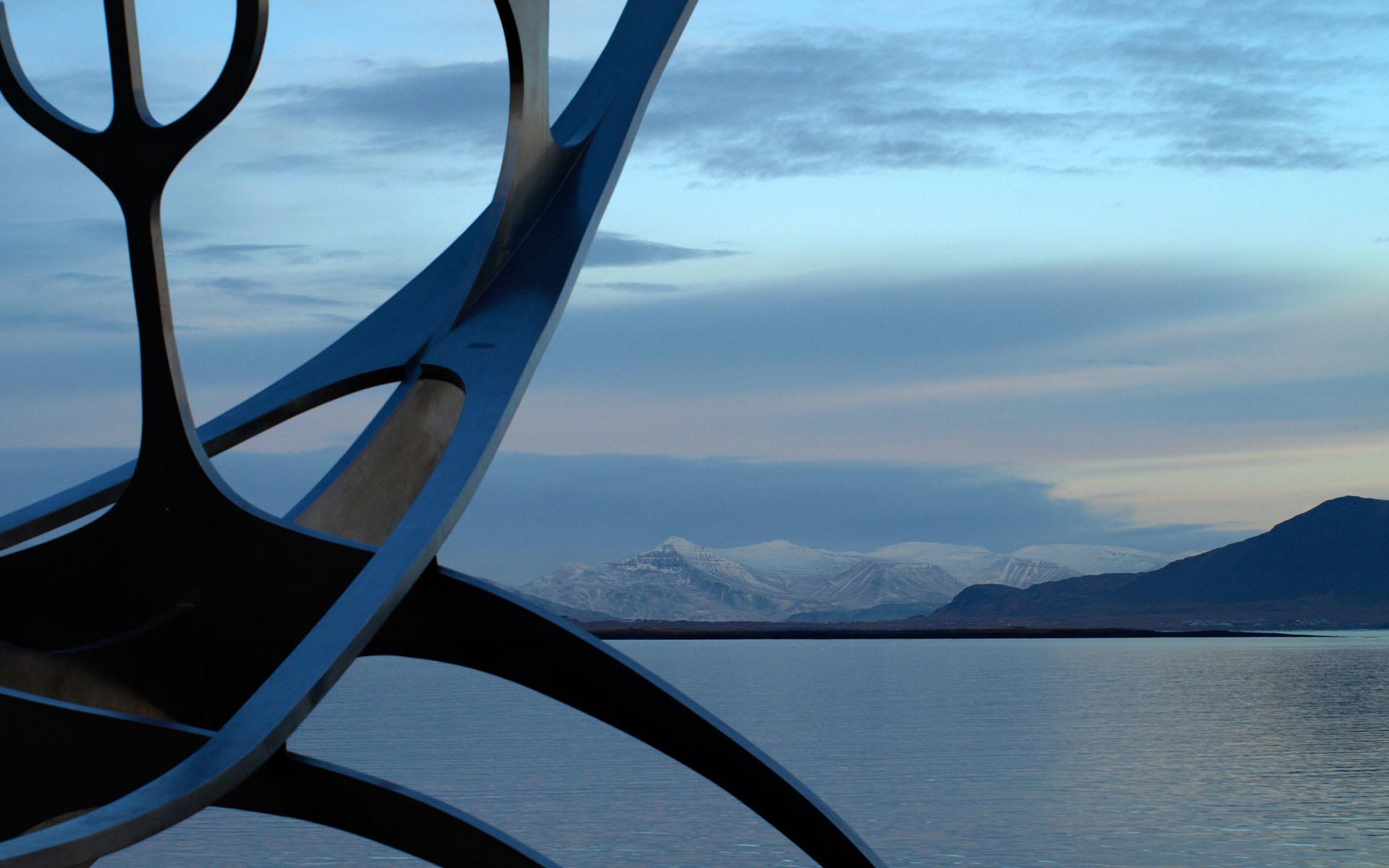
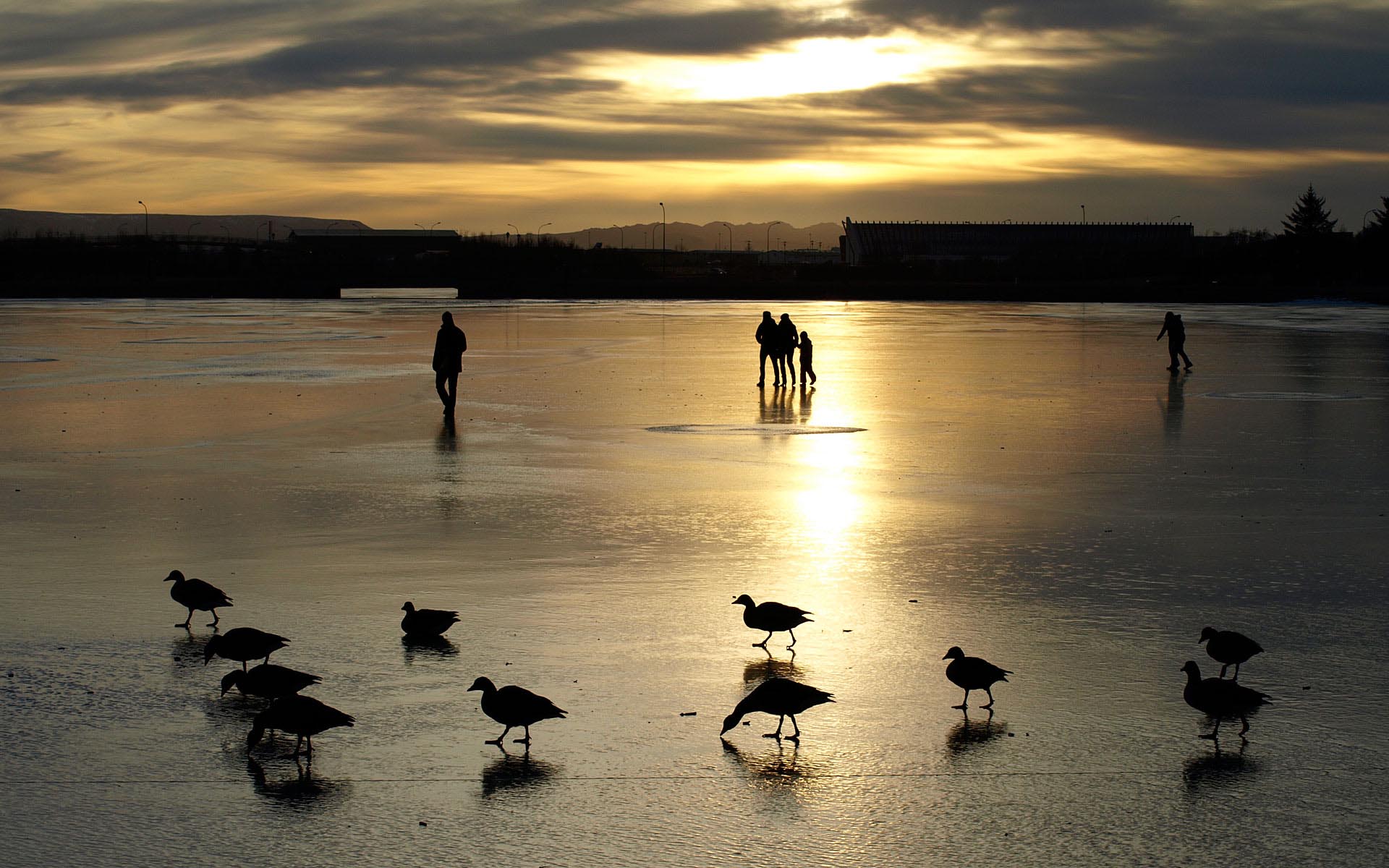
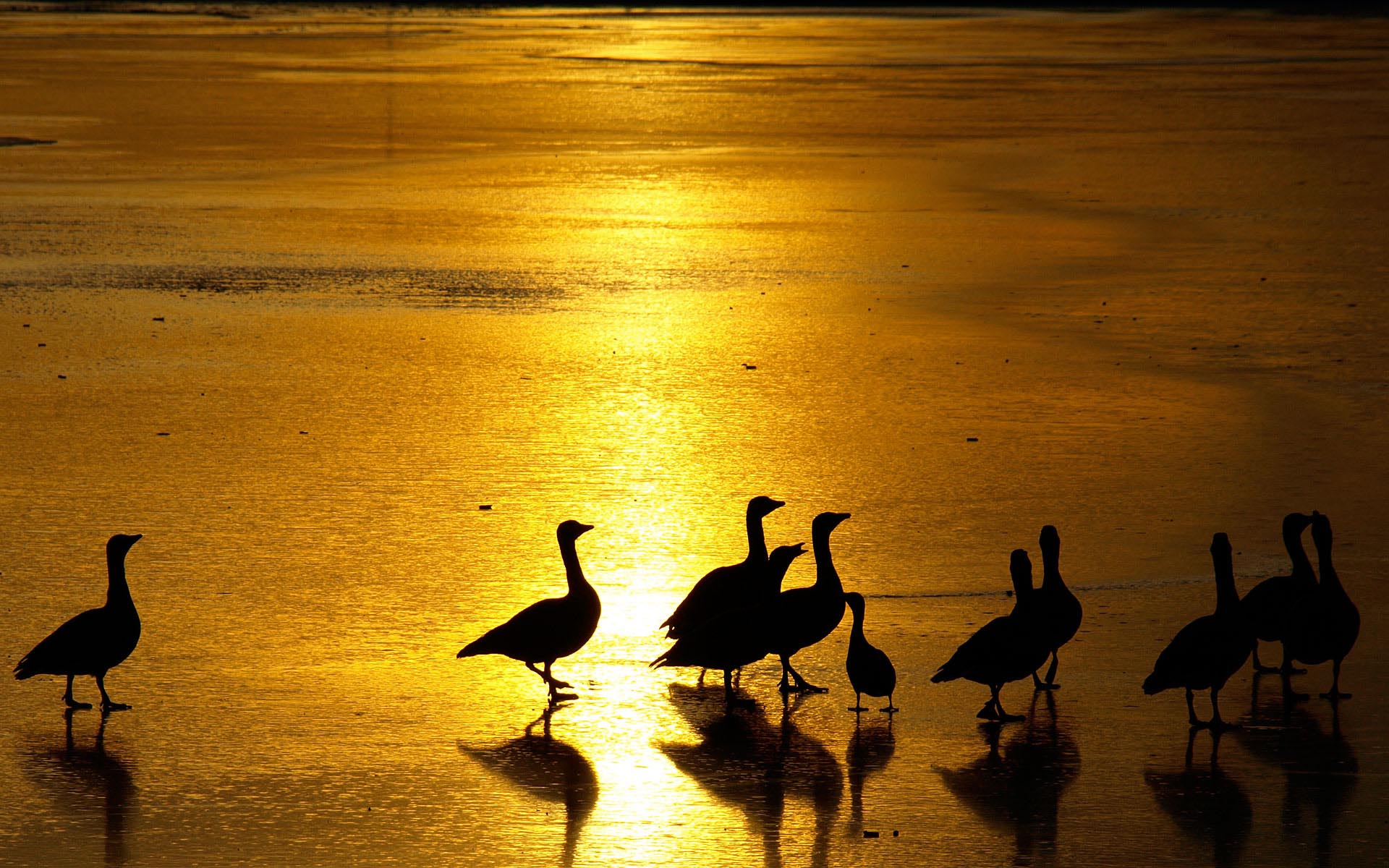
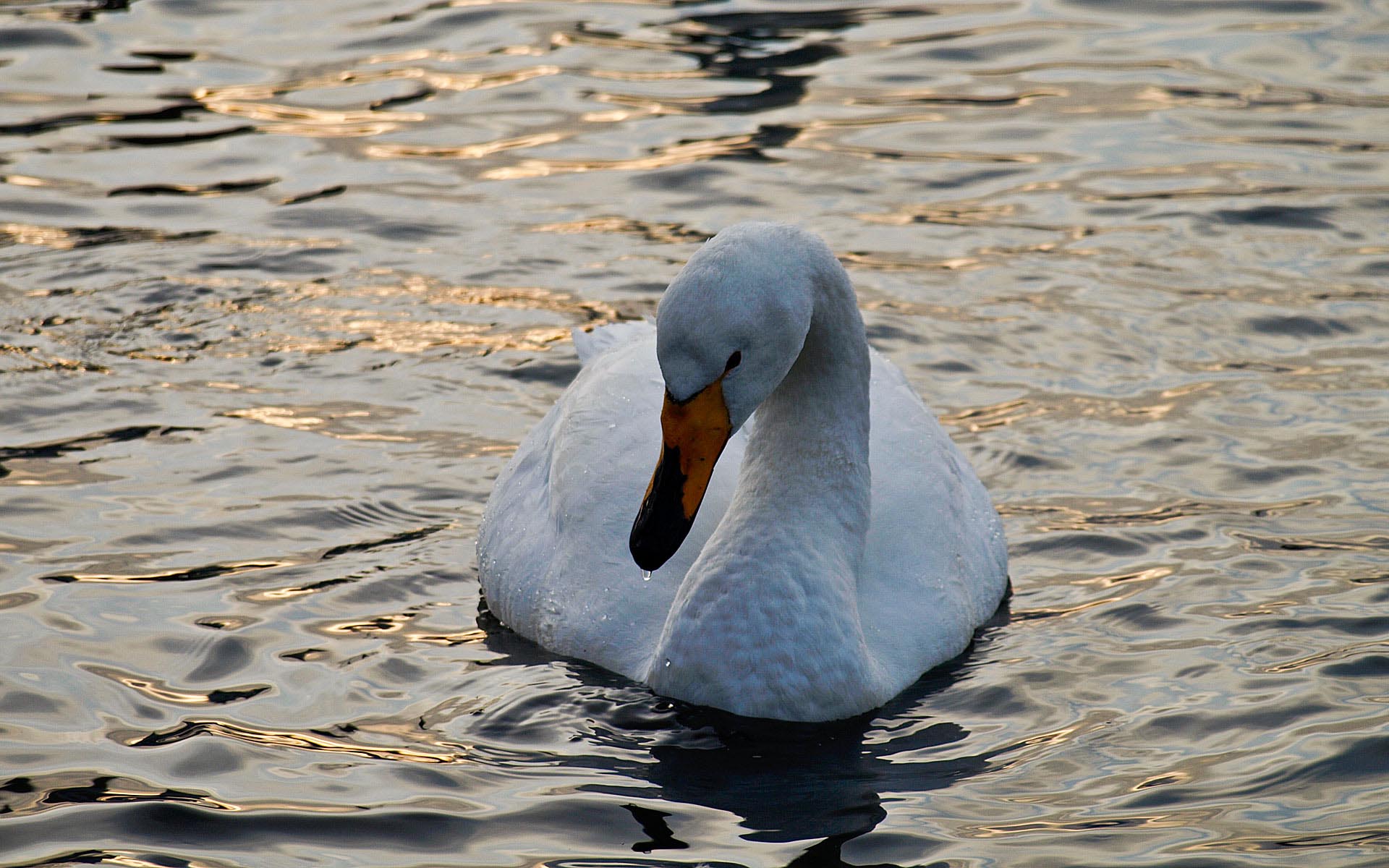
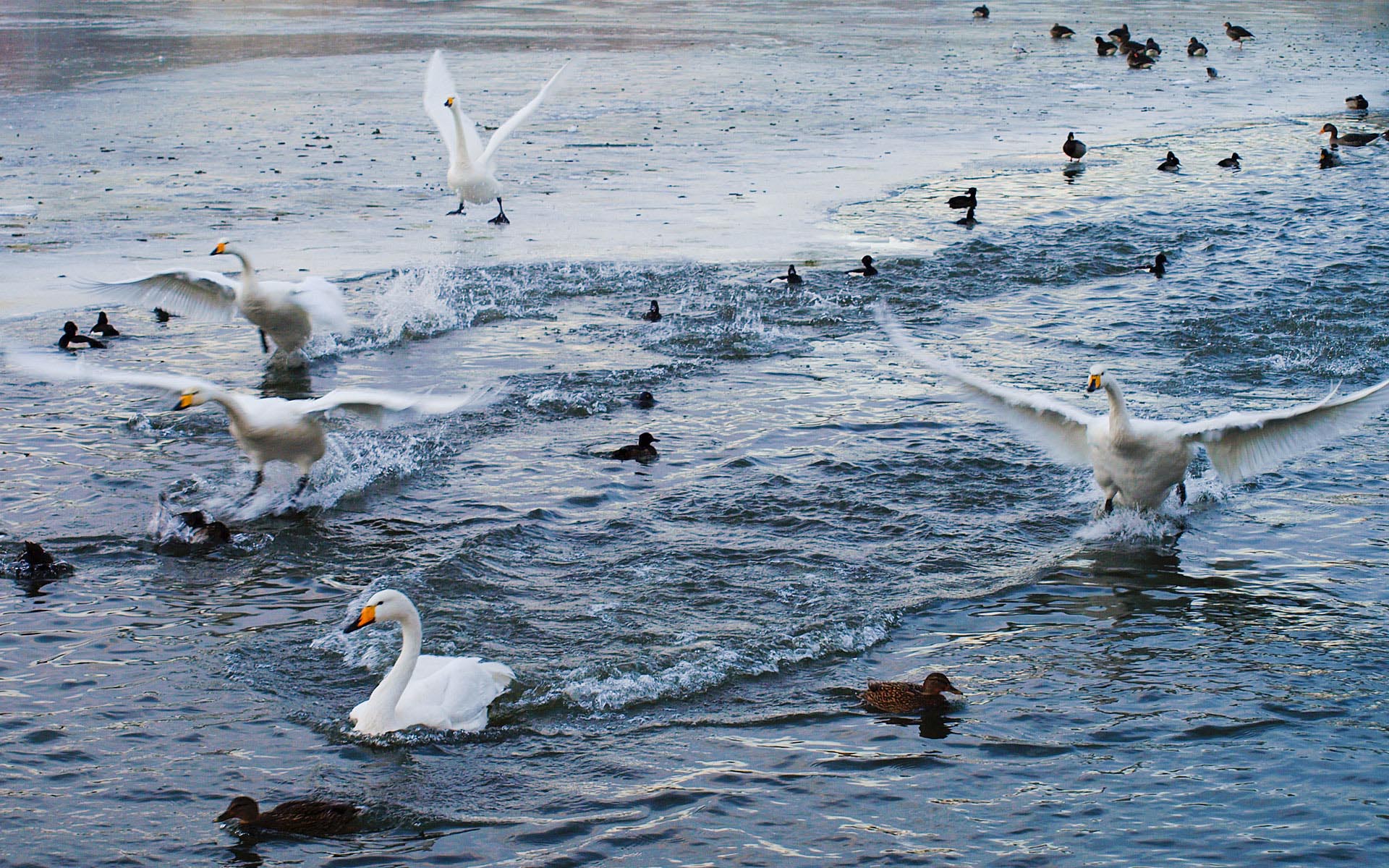
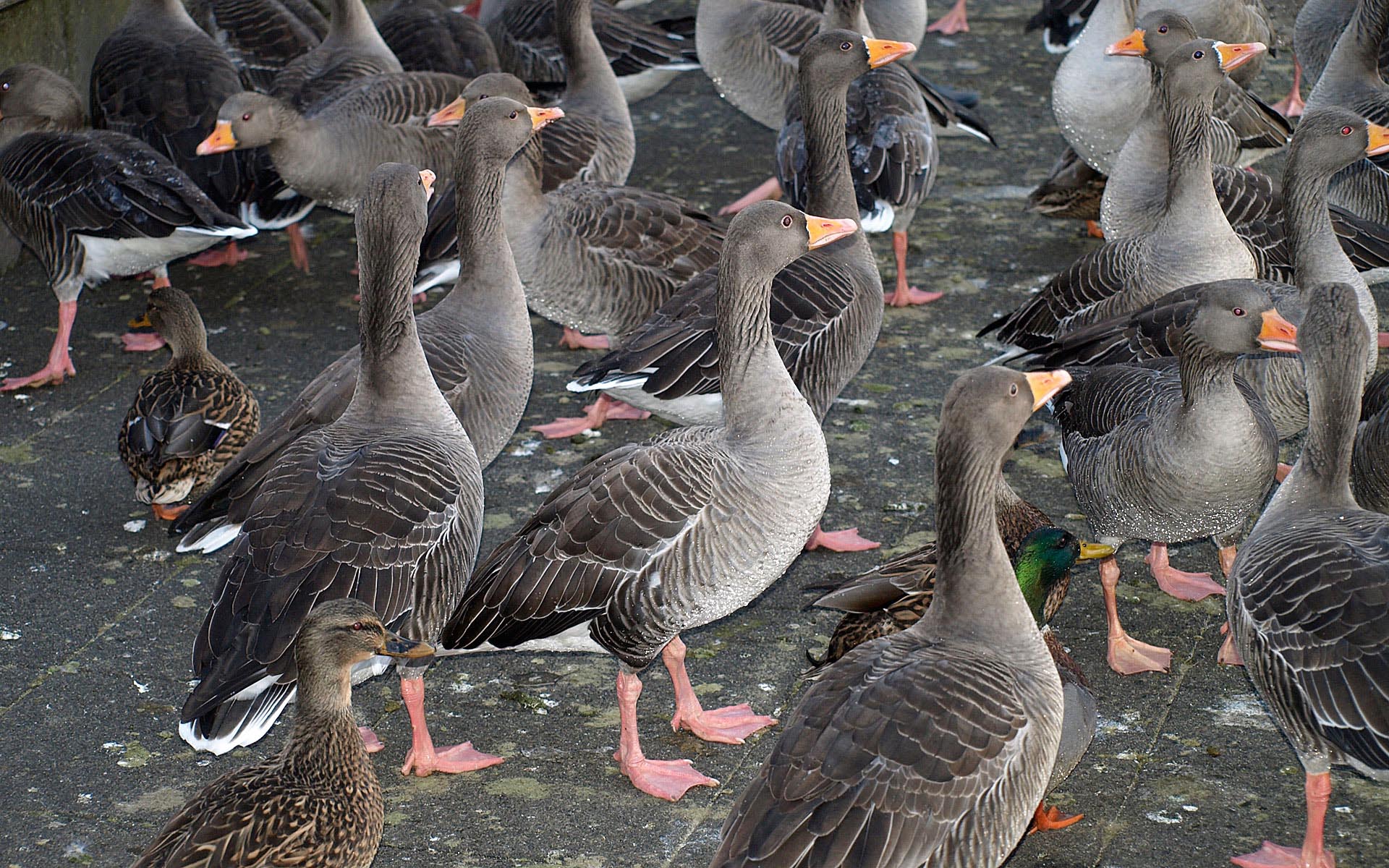
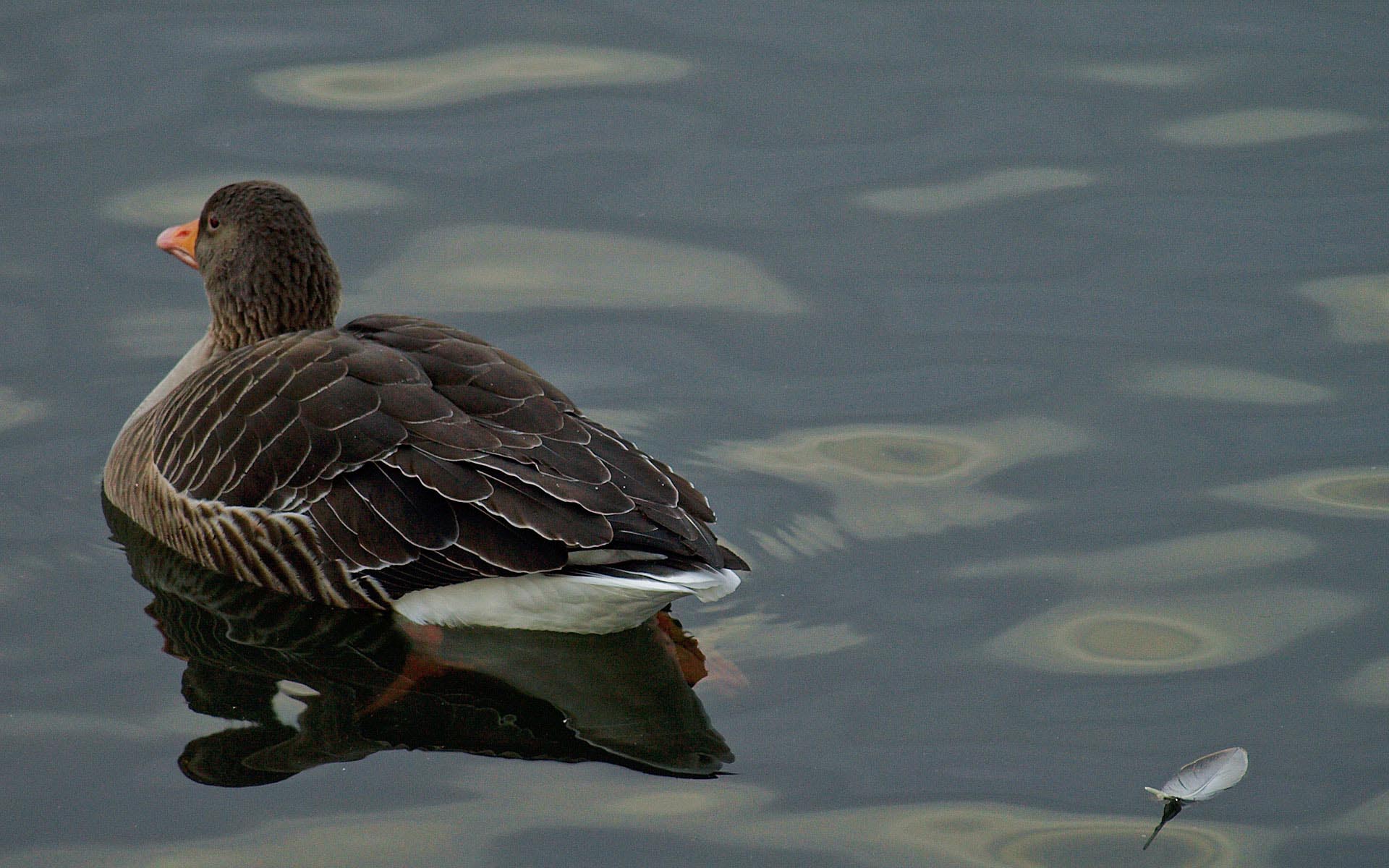
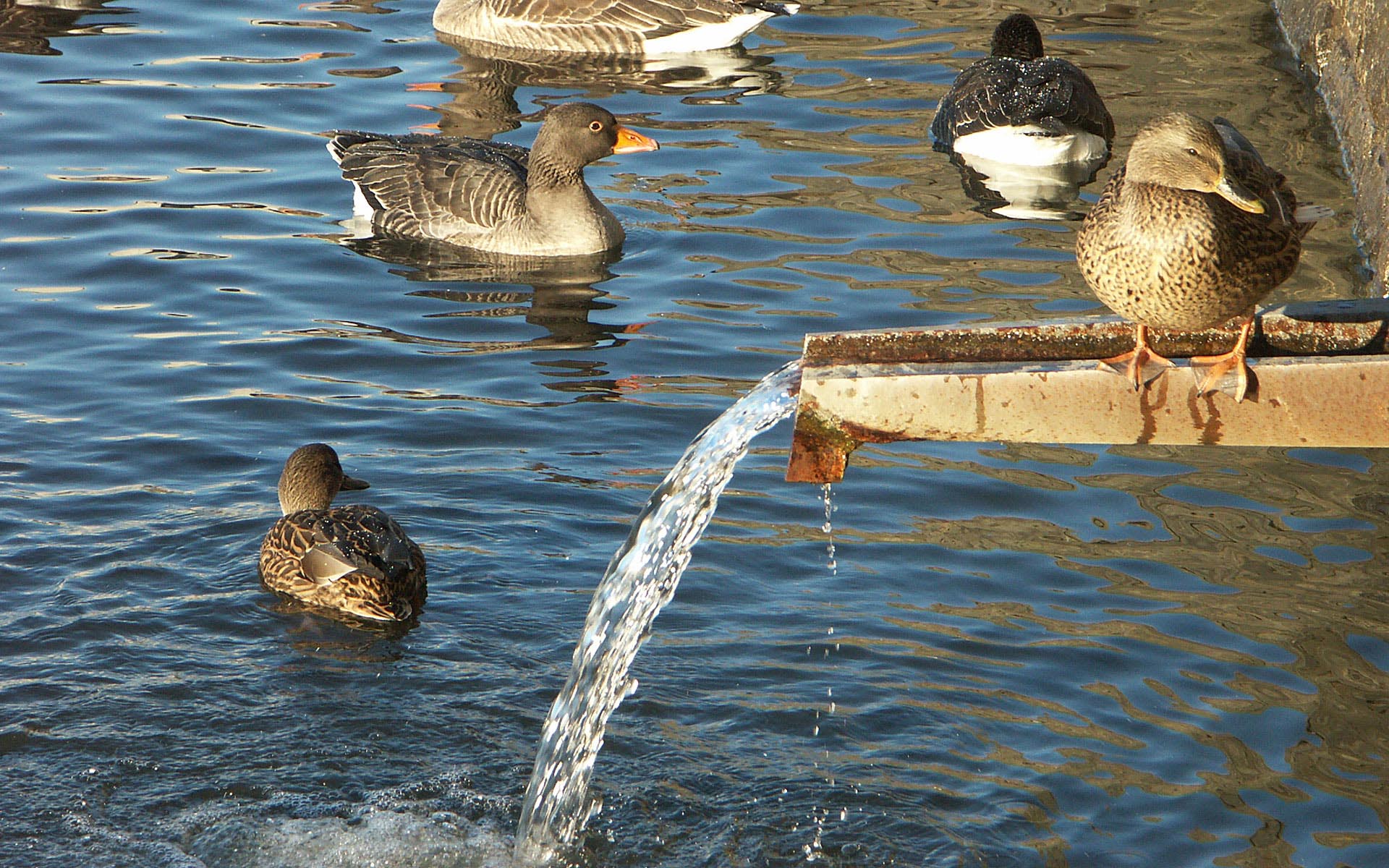
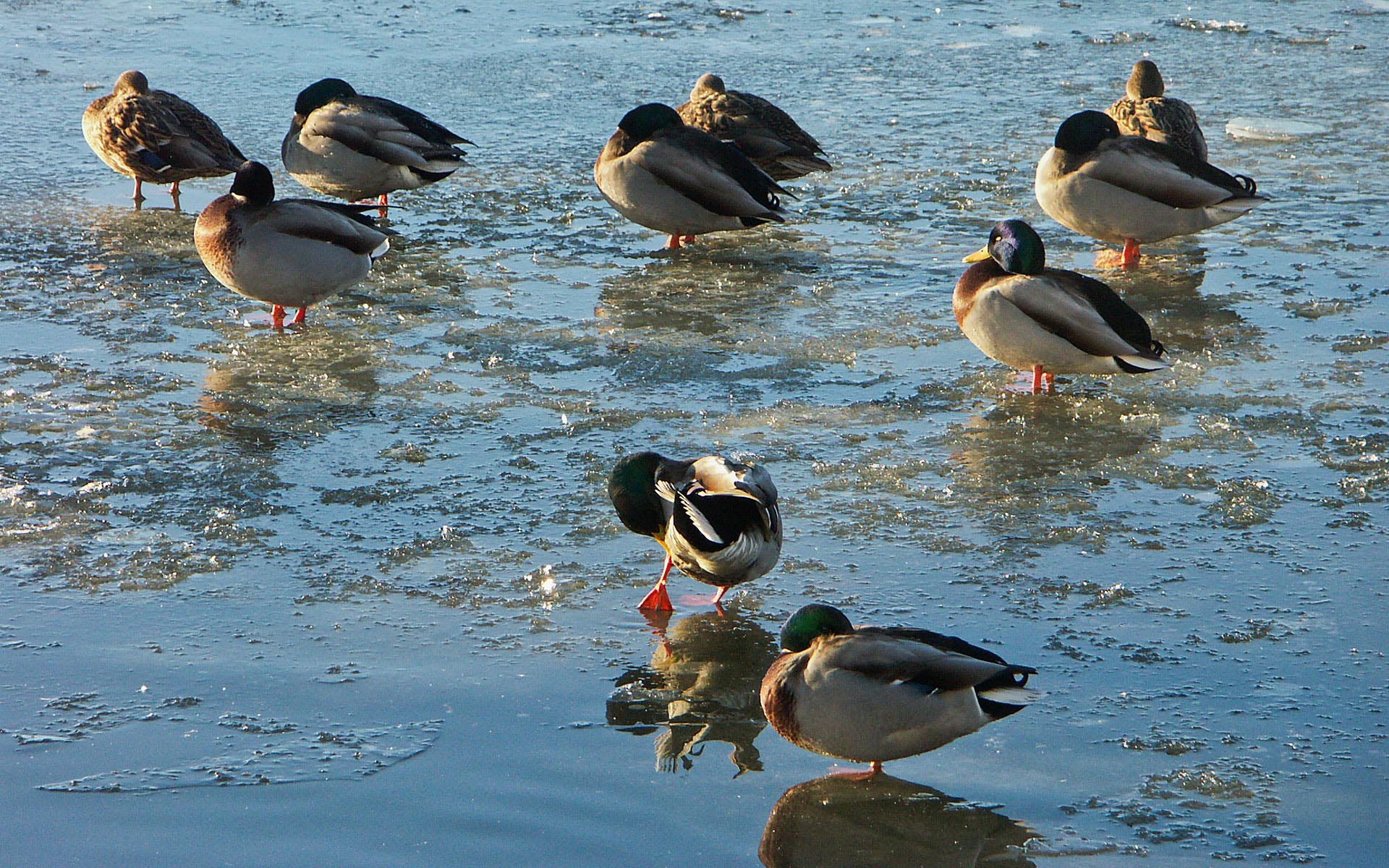
The Hallgrímskirkja is a Lutheran parish church in Reykjavík, Iceland. State Architect Guðjón Samúelsson's design of the church was commissioned in 1937. He is said to have designed it to resemble the basalt lava flows of Iceland's landscape.It took 38 years to build the church. Construction work began in 1945 and ended in 1986.
Perlan is a landmark building in Reykjavík. It is 25.7 metres high. It was originally designed by Ingimundur Sveinsson. Perlan is situated on the hill Öskjuhlíð where there had been hot water storage tanks for decades. In 1991 the tanks were updated and a hemispherical structure placed on top.
The mountain Esja (914 m) is situated in the south-west of Iceland, about 10 km to the north of Reykjavík. Esja is not a single mountain, but a volcanic mountain range, made from basalt and tuff-stone.
Tjörnin is a small lake in central Reykjavík. Tjörnin has long been a favorite spot for bringing young children to see and feed the ducks, seagulls, swans and geese that reside there. During the winter, the lake usually freezes over but hot geothermal waters are pumped in to defrost an area for water birds.
Reykjavík is located in southwest Iceland. The Reykjavík area coastline is characterised by peninsulas, coves, straits, and islands. The city of Reykjavík is mostly located on the Seltjarnarnes peninsula, but the suburbs reach far out to the south and east. Reykjavík is a spread-out city; most of its urban area is in the form of low-density suburbs, and houses are usually widely spaced.
Temperatures very rarely drop below −15°C in the winter. This is because the Icelandic coastal weather in winter is moderated by the warm waters of the Gulf Stream. The city's coastal location does make it prone to wind, however, and gales are common in winter. Summers are cool, with temperature fluctuating between 10 to 15 °C, sometimes exceeding 20 °C.
Iceland has a population of about 320,000 and a total area of 103,000 km². It is volcanically and geologically active. The interior mainly consists of a plateau characterised by sand fields, mountains and glaciers, while many glacial rivers flow to the sea through the lowlands.
Icelandic culture is founded upon the nation's Norse heritage. Most Icelanders are descendants of Norse and Gaelic settlers. Icelandic is closely related to Faroese and some West Norwegian dialects. The country's cultural heritage includes traditional Icelandic cuisine, poetry, and the medieval Icelanders' sagas.
Geologically, Iceland is a part of the Mid-Atlantic Ridge, the ridge along which the oceanic crust spreads and forms new oceanic crust. Iceland marks the boundary between both the Eurasian Plate and the North American Plate since it has been created by rifting, and accretion through volcanism, along the Mid-Atlantic Ridge—where the two plates meet.
There are around 1,300 known species of insects in Iceland, which is a rather low number compared with other countries. The only native land mammal when humans arrived was the Arctic Fox,which came to the island at the end of the ice age, walking over the frozen sea. Polar bears have also shown up through the history, yet they are just visitors, and no Icelandic populations exist.
